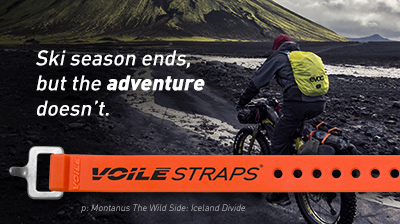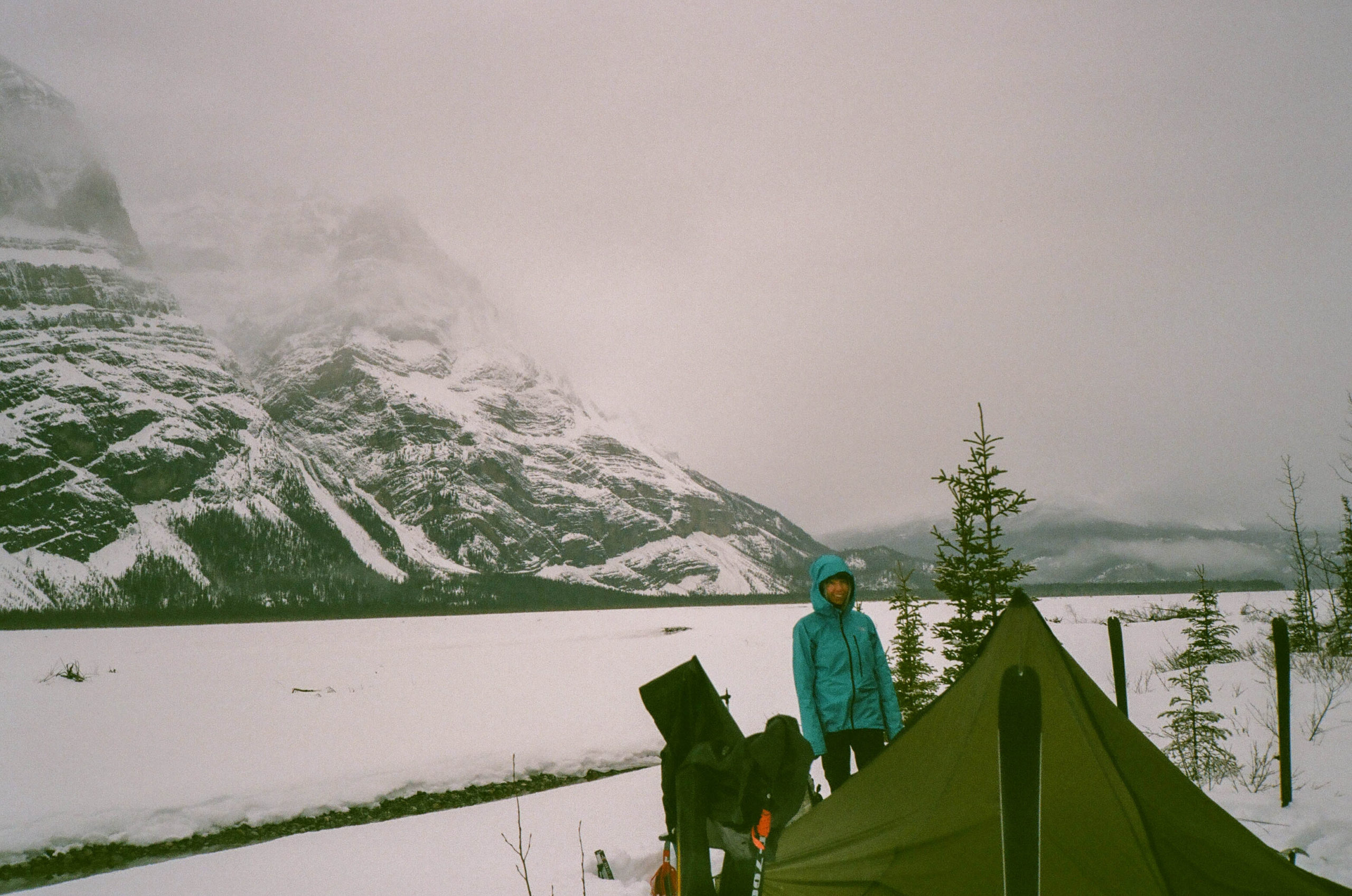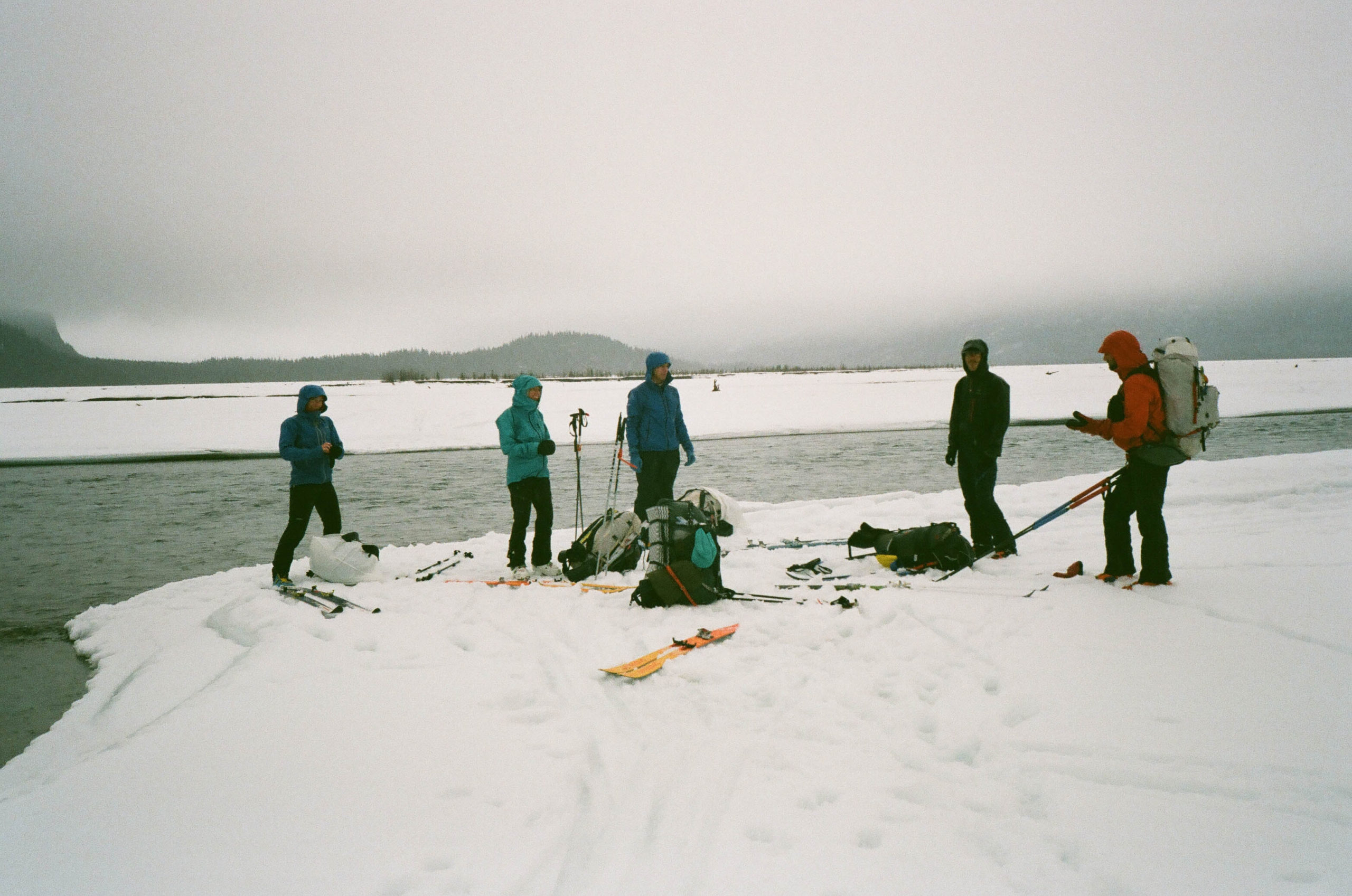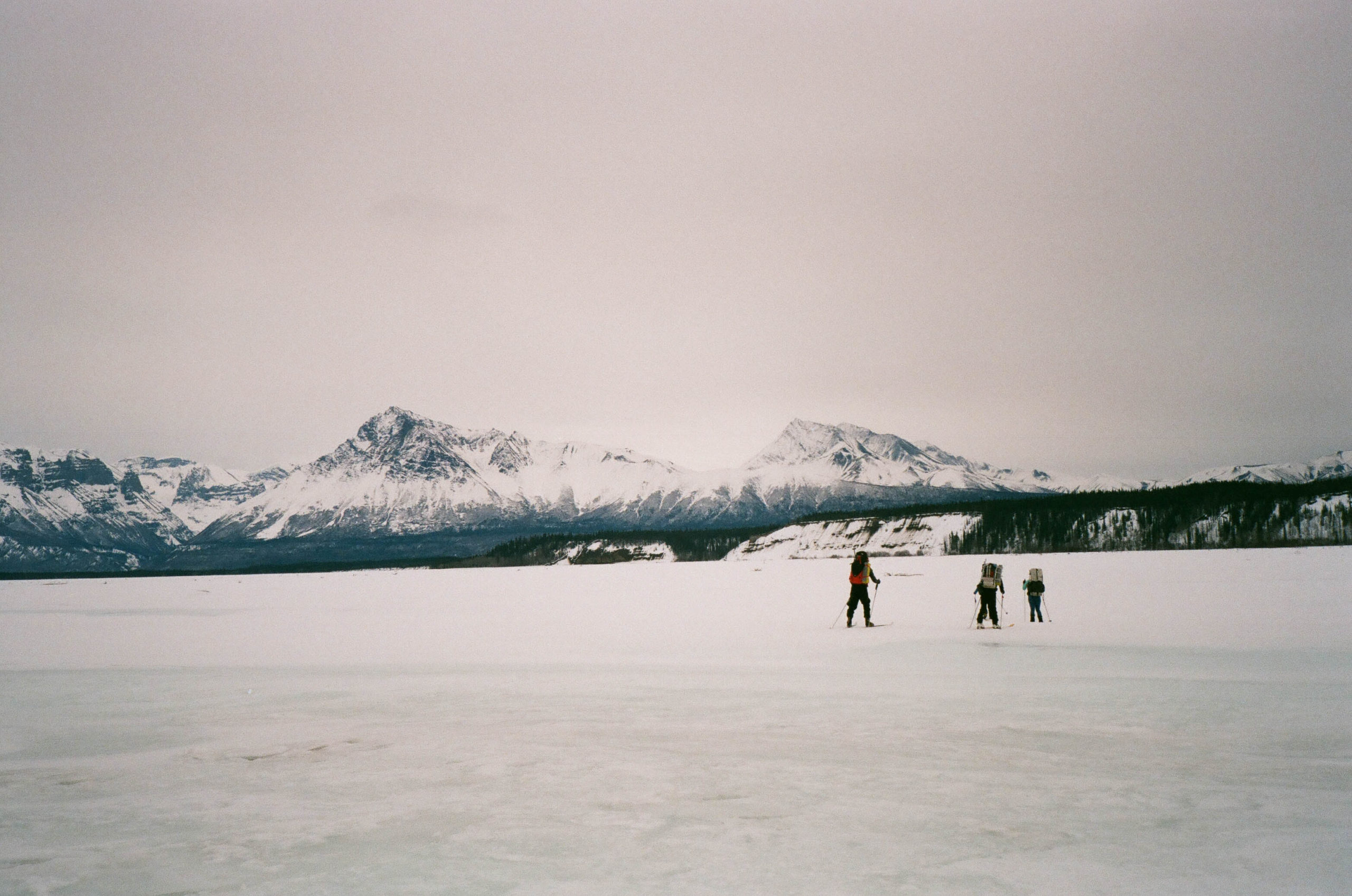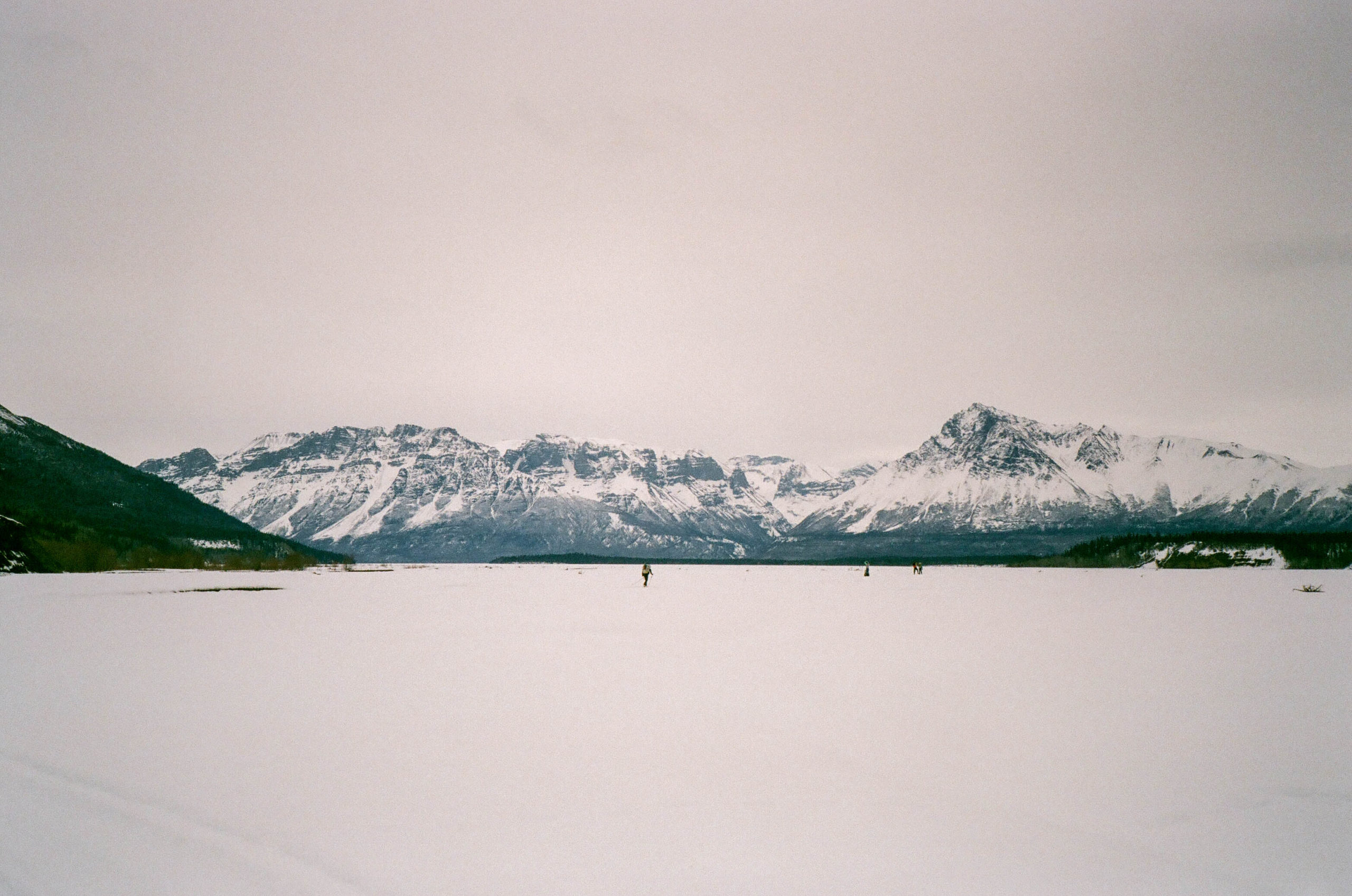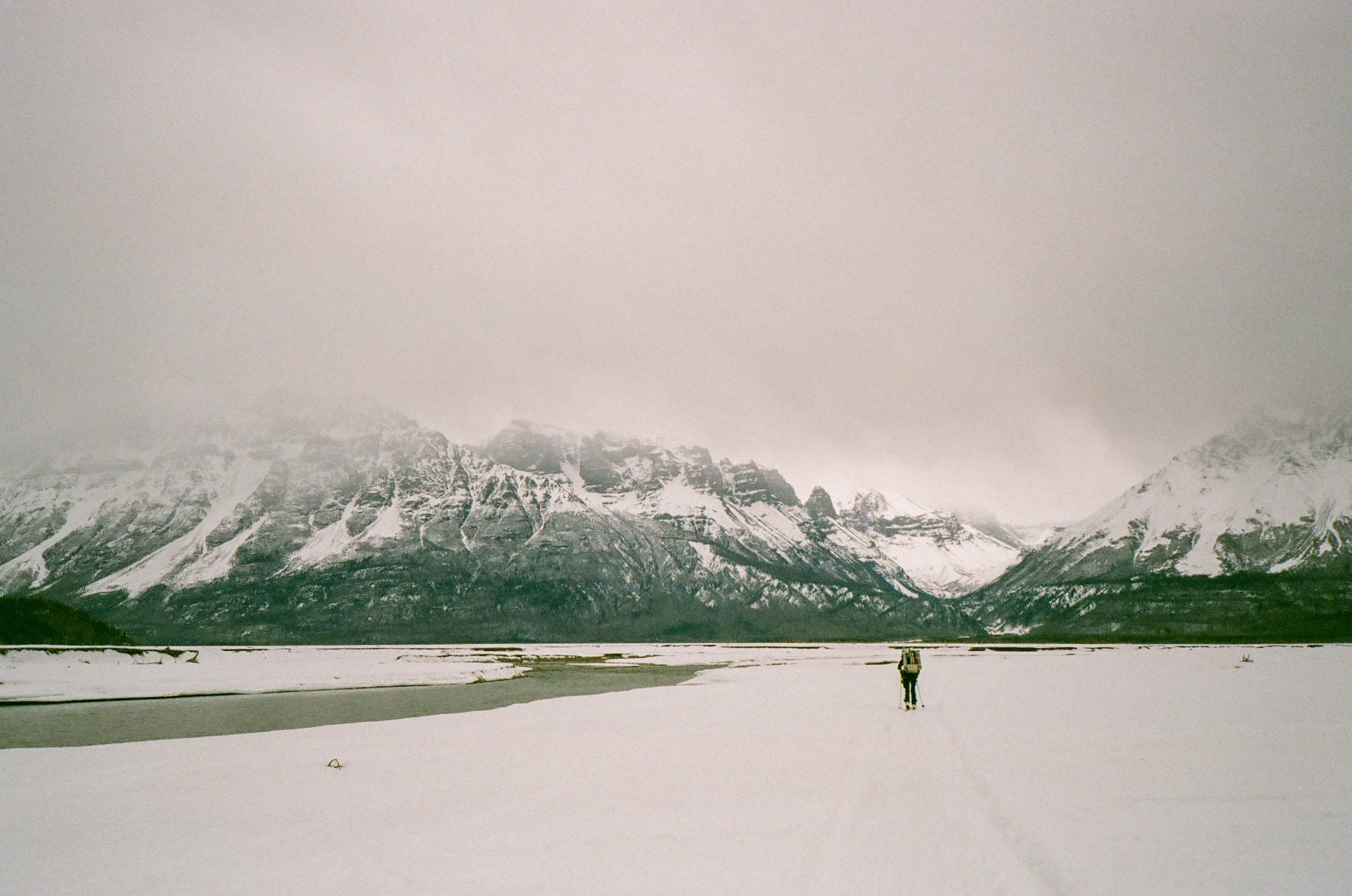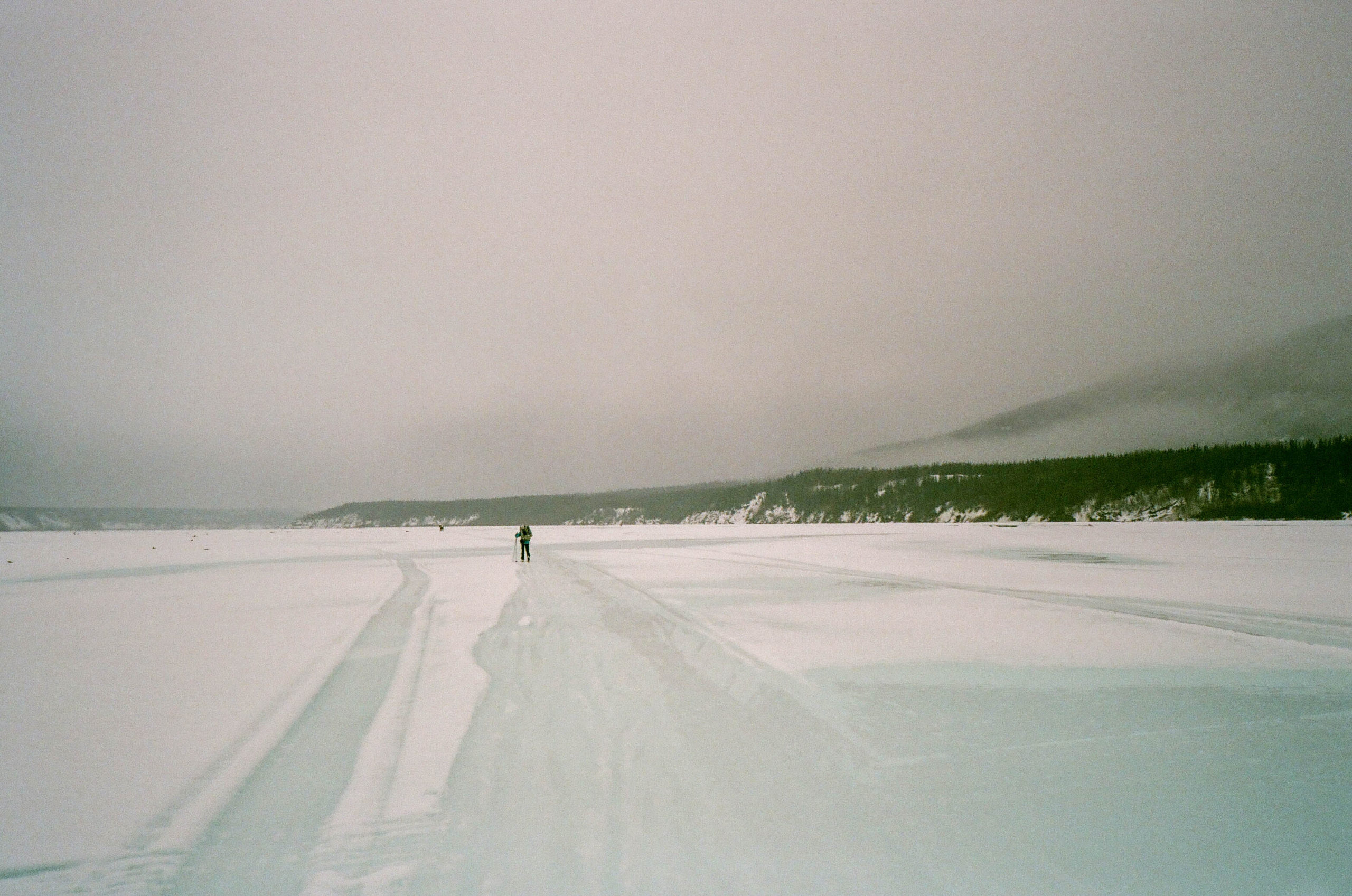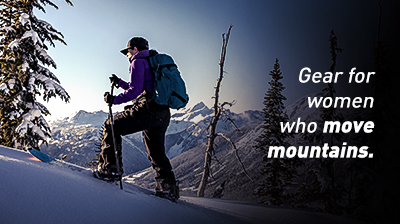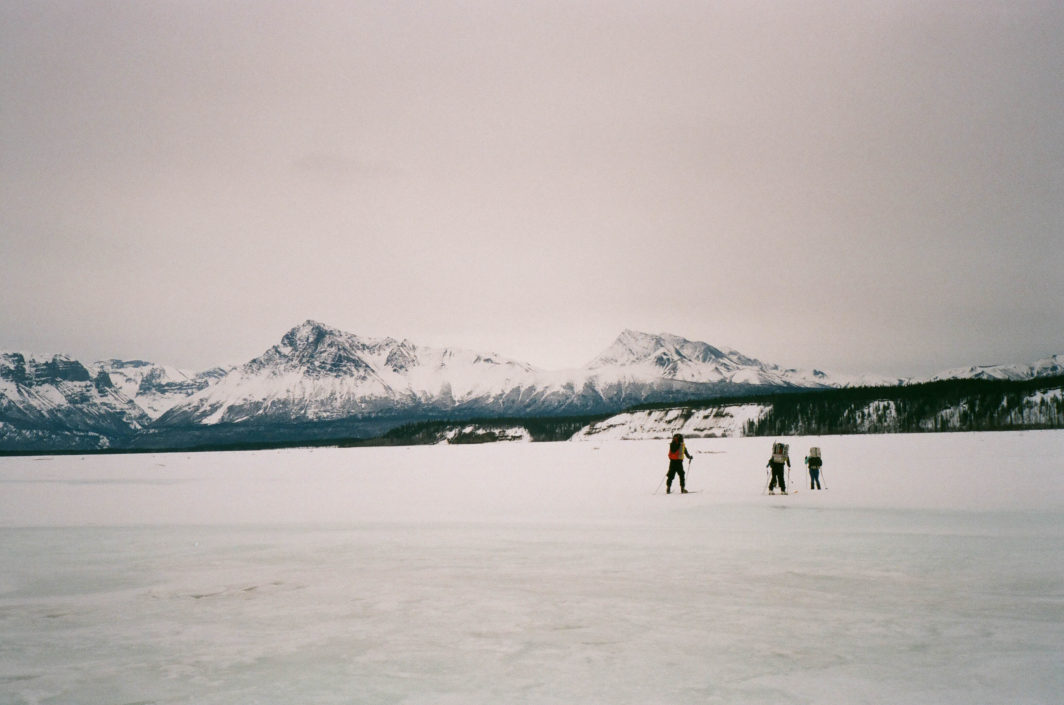
Climate Change and Skiing Across the Wrangells
Share this Post
For those of us who spend our lives in the mountains, it’s mandatory to accept that nothing is given. A wide variety of factors can shut down a mission: weather, fitness, conditions, and preparedness all come heavily into play. But when 18 Alaskans set out in late March for the 2019 Alaska Mountain Wilderness Ski Classic, I don’t think it occurred to anybody that the whole group would be shut down by Alaska’s changing climate. But, as we are learning more year by year, climate change and skiing cannot be separated. For the first time in AMWSC history, and due to factors outside of our control, the whole field scratched together.
Preparing for Winter in the Wrangells
The Alaska Mountain Wilderness Ski Classic is an Alaska tradition since the 1980s and is about as rugged as wilderness races come: participants travel unsupported across Alaska’s mountains in winter with no set course. There is only a start line and a finish line, and routes vary from 120 to 200 miles in length. This year’s Classic was set to cross the Wrangell Mountains of Eastern Alaska—a notoriously cold landscape in March. When my partner, Taylor, and I began planning for the Classic months ago, we expected to carry our -25F sleeping bags, down parkas, and all the typical winter gear we would need to safely travel our chosen route over an 8,000’ pass through glaciated terrain. We hoped to finish our ~170 mile route in six days.
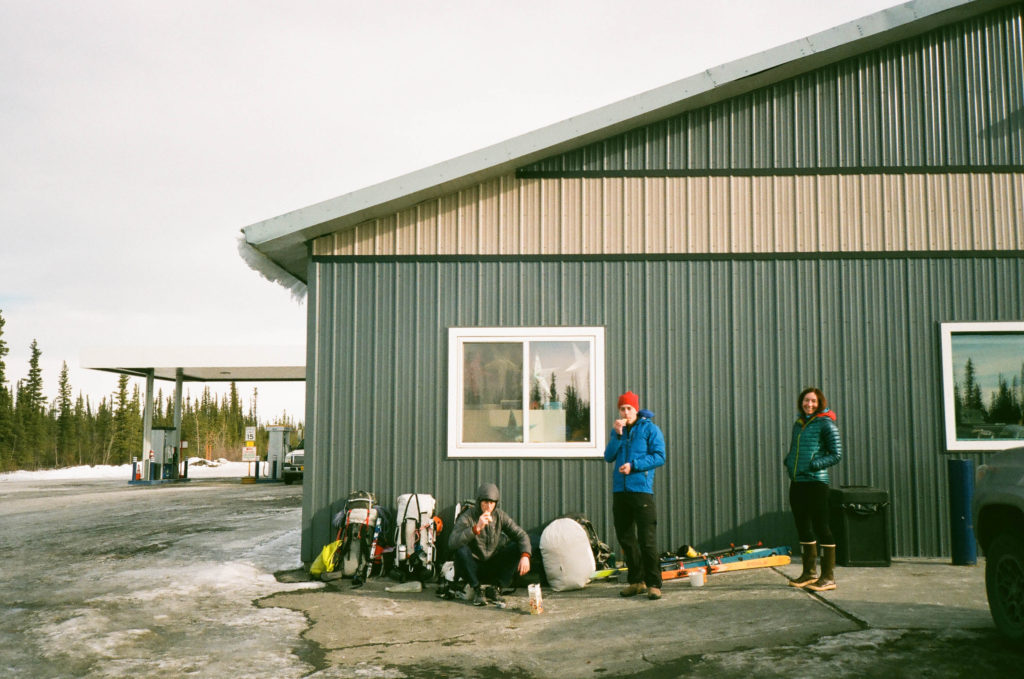
After months of prep work, gear research, and physical training, we felt as close to prepared as we could be. But as the race drew closer, we were alarmed by warm temperatures permeating across the state of Alaska. March is typically the month Alaskans bank on for long stretches of clear, cold weather. Long days and sunshine allow us to take on more committing objectives. Stout morning crusts make backcountry travel fast and efficient, and at higher elevations powder skiing still abounds. But this March was different: eyeing the temps and the forecast, we decided to pack our summer sleeping bags and hope for the best.
The Race Begins
The race start was sunny and promising: a firm and icy snowmachine trail made for 7 miles of relatively quick skating out of McCarthy. When we reached the Nizina River, we saw our first bit of open water, but quickly skirted around it over thick, trustworthy ice. The river was solid and allowed for fast travel in old snowmachine tracks that were soon littered with fresh ski tracks by the pack leaders. After miles of river travel and our first icy open water crossing, the sky progressed from grey to dark, and the first drops of rain began to fall. They would continue to fall for the next 36 hours.
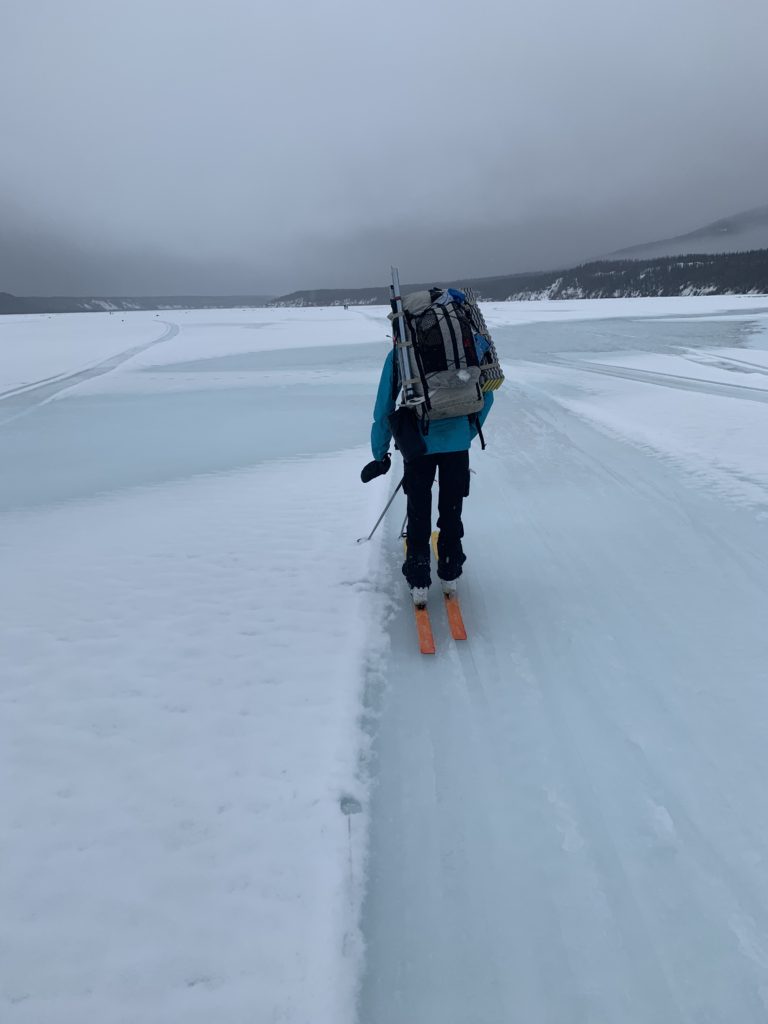
Rain Ruins Our Plans
Conditions deteriorated as water-saturated the snowpack, and our Goretex layers and backpacks soaked through. We wrung cups worth of water out of our pants and gloves, and our boot liners sloshed with every step. Taylor struggled to keep warm even while moving, and we decided to set up camp after covering about 26 miles in 8 hours. We tended to our wet gear and crawled into our sleeping bags, listening to avalanches around the valley and the rain and wet snow that pelted our tent. By morning, our down bags were soaked with condensation, but after much deliberation, Taylor and I decided to press on. We needed to move to get warm. We managed to ski for less than an hour before we spotted someone skiing—fast—towards us. My heart sank a little when I realized it was my friend Max, and that he was heading back to McCarthy. It sank even more when Max informed us that all nine members of the leader pack, mostly AMWSC veterans, had decided to turn around together.
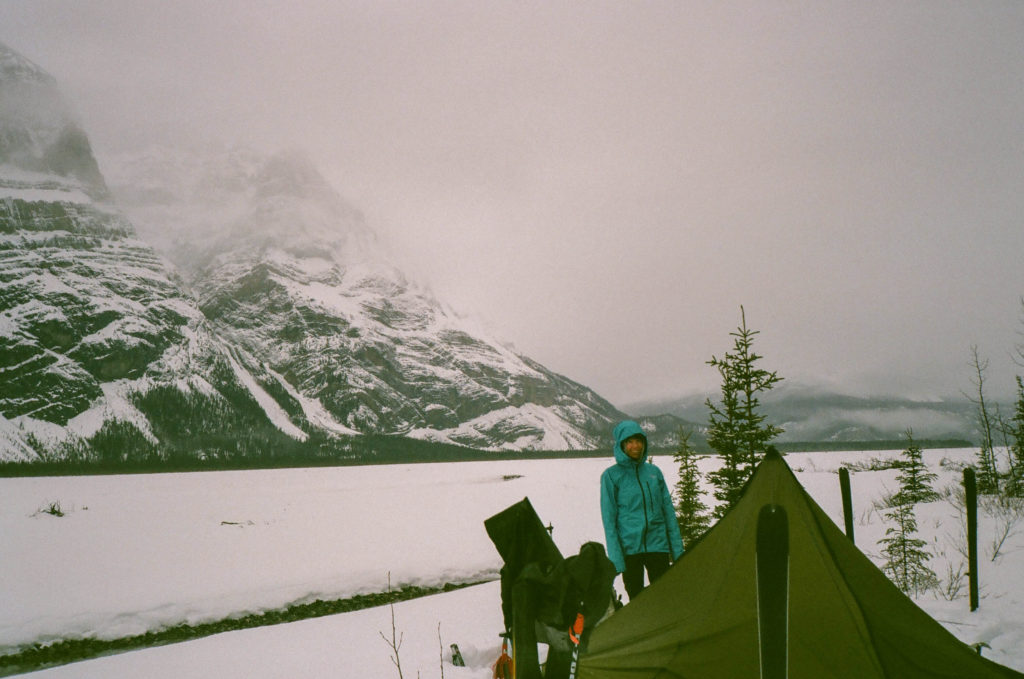
Embracing the Turnaround
The leaders had gathered more information ahead: a completely isothermal snowpack continued for many miles, and up and onto the glaciers. The trailbreaking was horrifically slow and visibility on the glaciers was nonexistent. Avalanches echoed through canyons, eliminating the possibility of the low route as a viable backup plan. The only safe option was to turn back. As hard as it was to decide to press on through the wet conditions, it was even harder to turn back to McCarthy—I felt like a dream had died. The time, effort, and money that went into the planning for this trip felt heavy, but what was worse was the loss of an adventure.
As we skied back towards McCarthy, it became clear that spending any more time on our route would have been outright dangerous. The Nizina was breaking up, a whole month early. Our friends’ tracks from that very morning fell straight into open water as a changing climate did its work to destroy our winter landscape and mandatory travel corridor. Overflow as deep as our ski boots was found where firm snow had been the day before. We were water skiing—in Alaska. In March. When we crossed paths with a friendly local who offered a snowmachine tow back to town, we accepted somewhat reluctantly, collecting skiers one by one on the long, wet road home.
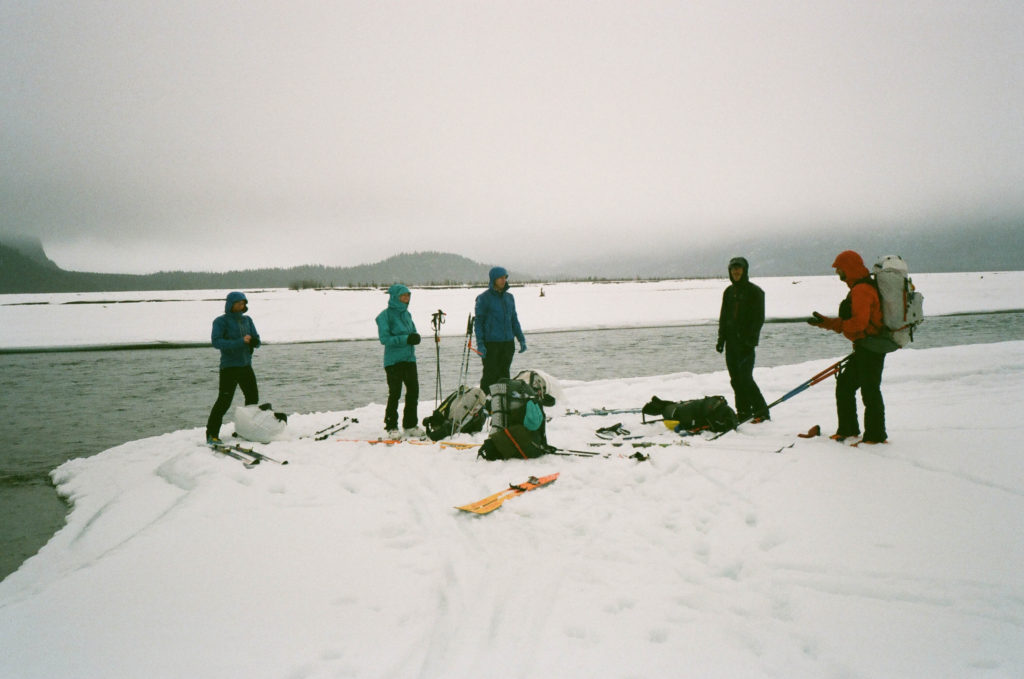
Climate Change as a Culprit
The disappointment of not getting to complete the Classic was real, but what hurt worse was the why. Weather happens, of course, and not every objective gets to go. But it’s no secret that climate change and skiing can’t be separated, or that we as winter recreationalists have a lot to lose. And this wasn’t my first wilderness trip to be shut down by climate change—just seven months earlier, I backed off a solo packrafting traverse in the Arctic Refuge due to raging August floods. That overly wet weather was also wildly unusual—the excessive late summer rain resulted from the lack of sea ice on the Arctic Ocean.
Record-Breaking Temperatures
As for last March, data from the National Oceanic and Atmospheric Administration shows that temperatures across Alaska were up to 20 degrees above historical averages. In the Wrangells, the average temperature was about 14 degrees above the norm. We never should have been experiencing rain or isothermal snow in March—we should have been dealing with temperatures well below zero. Yet there it was: the Nizina broke up beneath our feet. In Denali, the Nenana River broke up at its earliest date in recorded history. The Alaska Daily News reported on numerous tragic fatalities across the state, as a number of snowmachines broke through dangerously thin river ice due to unusually early thaw.
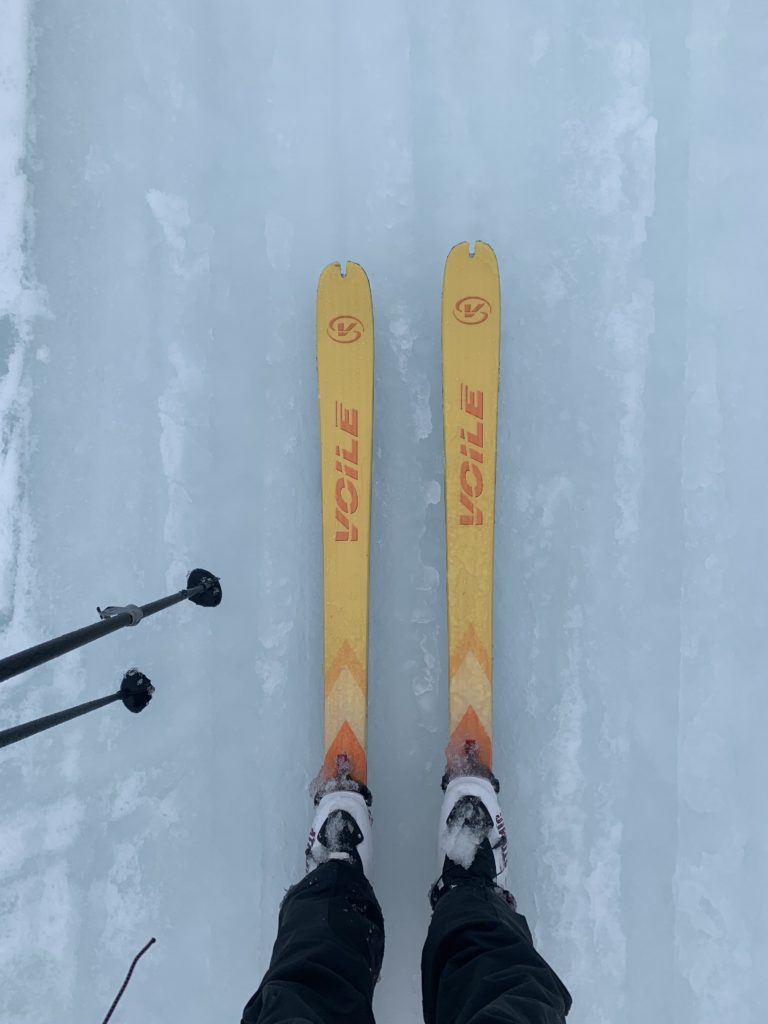
The Role Skiers Play
It’s time to take this seriously. In fact, that time has long passed. But it’s too late to make excuses or claim ignorance: we as recreationalists have both something precious to lose and the privilege to try to do something about it. I, for one, am examining my lifestyle and carbon footprint more closely. I have always done what I can to lessen my carbon footprint: I drive a compact car, I recycle, I work in conservation advocacy, and I eat mostly vegetables. I travel via human power when I can. But I fly and drive a lot. Travel is something I don’t want to give up or take a hard look at, but I’m realizing that I need to. I live in a place where winter is disappearing year by year, and I don’t want to see it go. And more important than my selfish recreational concerns, there are many lives at stake. Alaska Native villages are threatened with being wiped out, the American west is burning more rapidly year after year, and thousands of people around the globe have been forced to leave or lose their homes due to extreme weather events. With each glacier or species that disappears from the planet, the health of Earth’s ecosystems dangle by a thread. At our current trajectory, we are set to see over 4 degrees Celsius of warming to our global climate by the end of the century. If you do just a little bit of research, you will find just how catastrophic that is.
Protecting What We Love
I don’t claim to know the answers as to how to be most impactful in slowing climate change, but I ask that we as skiers start to do the research. Climate change and skiing are inextricably tied. Even baby steps help. This podcast explains what we’re up against and offers some solutions. NRDC offers more changes we can make to our carbon footprints. Protect Our Winters has a carbon footprint and offset tool to customize. We can choose to speak out against fossil fuel extraction from public lands such as the Arctic National Wildlife Refuge and do our best to try to understand the future of renewable resources.
I don’t want winter to go away, and I don’t want more global citizens to be displaced. I don’t want to watch California burn again. I’ve been fired up about climate change for a while, but never more than I am now. It feels almost silly to me that the loss of the Wilderness Classic is what reignited the fire, but I’m thankful for the perspective that grew out of that loss. We are all incredibly privileged and lucky to go to the mountains for fun, so let’s start to do more of our part in protecting what we love.
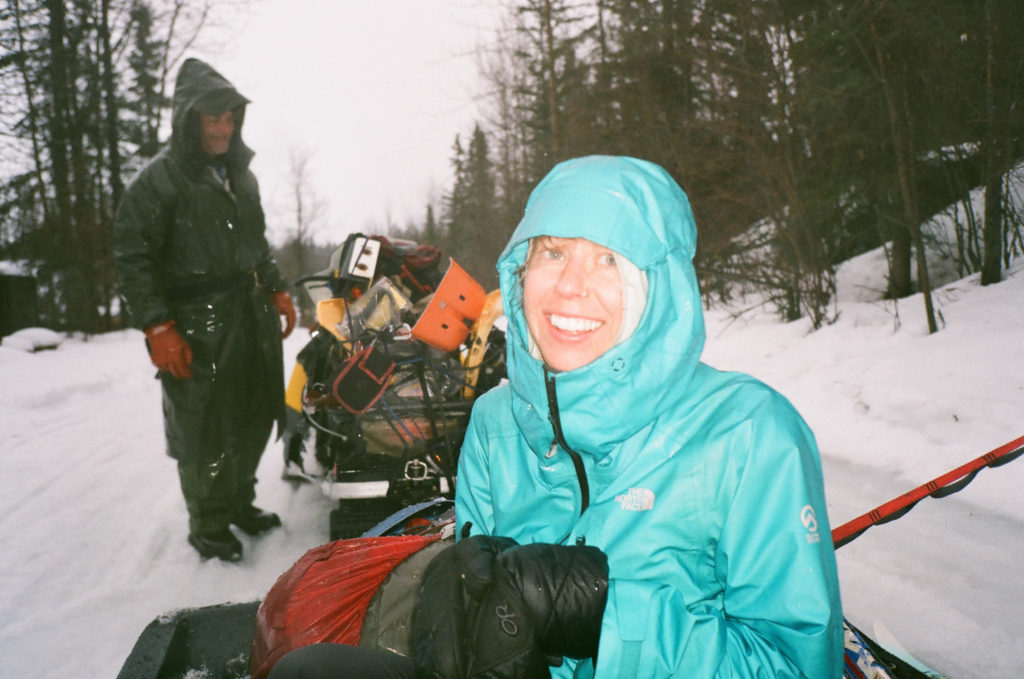
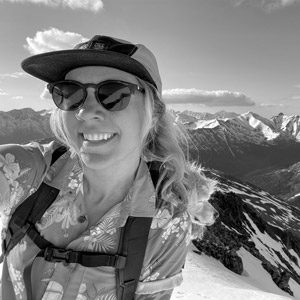
Emily Sullivan
Location: Anchorage, AK
Top Gear Picks: Hyper V8 165 / Women’s Hyper Manti 164
Website: http://ejsullivan.net
Instagram: @emelex
Emily Sullivan is a photographer and writer focused on outdoor recreation, environmental wellness, and relationships between humans and landscapes.
An obsessive backcountry skier, she lives for winter, logging big vert on light skis, and traversing wild landscapes. Her current objectives include ski mountaineering in the Alaska Range, Wrangell Mountains, and Arctic Refuge.
Emily is both an athlete and a community organizer for land issues in Alaska’s Arctic. She sits on the board of directors for the Alaska Avalanche School and serves as a Denali Rescue Volunteer. She lives, works, and skis on Dena’ina Ełnena, now known as Southcentral Alaska.
Share this Post





